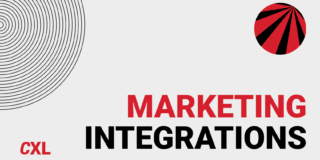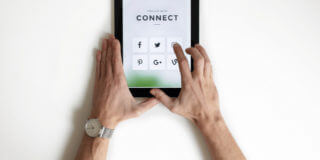Marketing Integrations: Getting Your Marketing Tech Stack to Play Nice

More than 60% of marketers use 20+ marketing tools on a regular basis according to Airtable. For email marketing alone, more than half of small businesses use two or more tools according to Litmus.
On top of this, the number of sales and marketing tools each company uses is forecasted to continue to increase rapidly as the number of available tools and the amount of customer data grows.
At the same time, according to Mulesoft, only 28% of tools a company uses are integrated with other tools. More tools, more data, but limited integration—can you spot the issue here?








